Tahaltan Introduce
The name "Tahaltan" (more commonly spelled "Tahltan") refers not to a single, easily identifiable campground in the conventional sense, but rather to the vast traditional territory of the Tahltan First Nation in northwestern British Columbia, Canada. Within this immense and stunning landscape, various informal camping opportunities exist, and the broader region itself offers a unique form of "camping and RV parks" experience, deeply intertwined with Indigenous culture, history, and stewardship. For local users, understanding "Tahaltan" means understanding a rich tapestry of land, people, and potential for unparalleled outdoor immersion within the Campgrounds & RV Parks category, albeit in a context that emphasizes wilderness and cultural respect.
The environment of the Tahltan territory is one of Canada's most spectacular and untouched wildernesses, covering approximately 93,500 square kilometers, which is over 11% of British Columbia's landmass. This vast area encompasses dramatic mountain ranges, pristine rivers, vast forests, and diverse ecosystems. It includes the entire Stikine River watershed, a legendary river known for its untamed beauty and ecological significance, often referred to as the "Grand Canyon of the North." The "Sacred Headwaters" – the source of the Stikine, Nass, and Skeena Rivers – is a particularly revered and ecologically sensitive area within Tahltan traditional lands, recognized for its vital salmon stocks and as the birthplace of Tahltan culture. The landscape is characterized by its remoteness, offering true solitude and a profound connection to nature. Visitors can expect to encounter diverse wildlife, including moose, caribou, sheep, goats, and various bird species. The region is known for its "dark skies," providing exceptional opportunities for stargazing due to minimal light pollution. While specific manicured campsites like those found in urban parks are rare, the environment itself is the primary attraction, offering countless informal opportunities for pitching a tent or parking an RV in designated, respectful areas. The three main Tahltan communities within this territory are Telegraph Creek, Dease Lake, and Iskut, each serving as potential access points or hubs for exploring the surrounding wilderness.
Services within the Tahltan territory, when viewed through the lens of "Campgrounds & RV Parks," are unique due to the remote nature of the region and the emphasis on Indigenous self-governance and traditional land use. While there might not be formal "campground offices" for every potential camping spot, the Tahltan Central Government and related entities play a crucial role in managing and promoting sustainable tourism and land use. Services for visitors would typically involve access to general stores in communities like Dease Lake or Telegraph Creek for supplies, and potentially local guiding services for activities like fishing, hunting, or cultural tours. For RV users, finding official dump stations or consistent hookups might require careful planning, as the infrastructure is more limited than in highly developed tourist areas. However, some accommodations within the communities, such as the Stikine Valley Inn in Telegraph Creek (owned by Tahltan Nation Development Corporation, TNDC), offer more conventional lodging and hospitality, which can complement a camping trip. The Tahltan Nation is actively involved in developing tourism opportunities that align with their cultural values and environmental stewardship, suggesting that future services might include more formalized, culturally sensitive camping options or guided experiences. The focus is often on respectful engagement with the land and its traditional custodians.
The features of a camping experience in Tahltan territory are deeply intertwined with the land and its Indigenous heritage. The most prominent feature is the opportunity for immersive wilderness camping. This includes remote tent camping along riversides or within forests, offering unparalleled privacy and a chance to experience the raw beauty of Northern British Columbia. For those with RVs, self-contained camping is generally the norm, with limited formal hookups available. The rivers, particularly the Stikine, are a major draw, providing features for world-class fishing (salmon, trout) and challenging paddling adventures. Hiking and wildlife viewing are integral features of the landscape, with vast tracts of pristine wilderness to explore. Cultural features are paramount; visitors have the unique opportunity to learn about Tahltan history, traditions, and the deep spiritual connection the Tahltan people have with their ancestral lands. This might involve visiting historic sites, participating in cultural events (if available and appropriate), or engaging with local Tahltan communities. The region is actively managed by the Tahltan Nation for both resource development and environmental protection, with a strong emphasis on balancing economic growth with traditional practices and cultural preservation. The Tahltan are known for their active role in stewarding their territory, including the implementation of the Tahltan Stewardship Initiative (TSI), which aims to protect and manage their lands and resources for future generations. This inherent commitment to land stewardship is a defining feature of any visit to the Tahltan territory, encouraging responsible and respectful outdoor recreation.
Promotional information for "Tahaltan" as a camping destination would strongly emphasize its authentic wilderness experience and the opportunity for cultural immersion. Marketing efforts by the Tahltan Central Government or Indigenous Tourism BC often highlight the region's "untamed expanse" and the chance to "see nature and wildlife through Indigenous eyes." The "Sacred Headwaters" is a key promotional point, underscoring the spiritual and ecological significance of the area. For adventure enthusiasts, the Stikine River's reputation for world-class river journeys and fishing is a significant draw. While not a typical resort-style advertisement, promotion would focus on the unique cultural encounters available, such as learning about Tahltan language, art, and traditions, and understanding the concept of "kime" (home) for traditional camps. The remoteness and lack of widespread modern infrastructure are often presented as part of the appeal, targeting visitors who seek to disconnect and engage deeply with nature. Messaging would encourage visitors to be respectful of Tahltan culture and traditional protocols, emphasizing that they are entering ancestral lands. Partnerships with local Tahltan businesses and guides would be highlighted, promoting economic benefit within the community. The overall promotional strategy would position Tahaltan as a destination for transformative travel, where outdoor adventure is enriched by profound cultural understanding and a connection to an ancient land stewarded by its Indigenous people.
Location
Customer Reviews
More Places to Explore Nearby
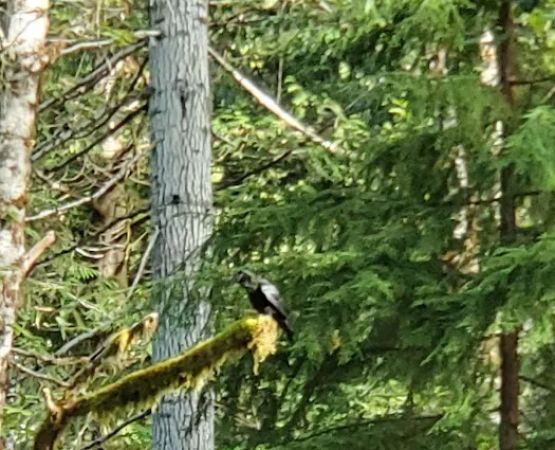
Dow Creek RV Resort
2670 N Lake Cushman Rd, Hoodsport, WA 98548, USA
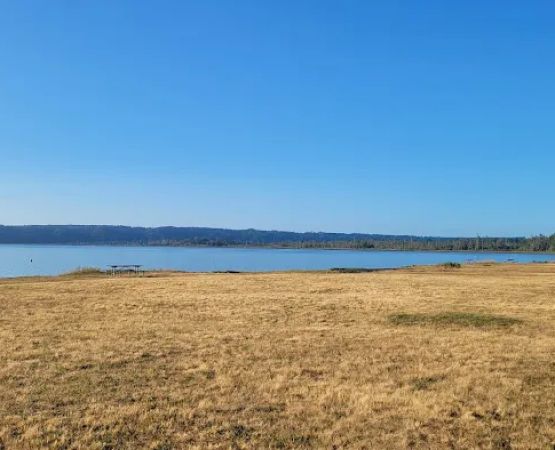
Potlatch State Park
21020 US-101, Shelton, WA 98584, USA

Skokomish Park at Lake Cushman
7211 N Lake Cushman Rd, Hoodsport, WA 98548, USA
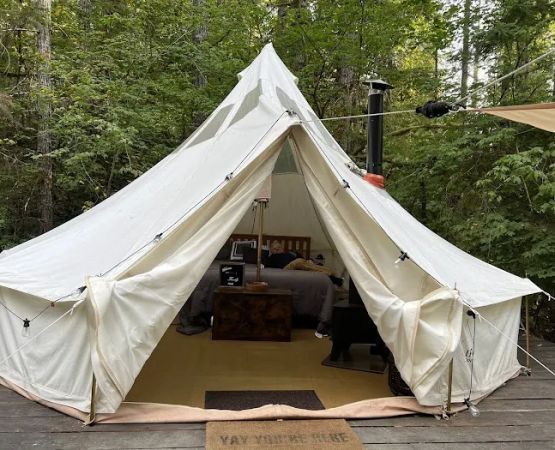
Washington Global Glamping
GR6X+53C, Hoodsport, WA 98548, USA
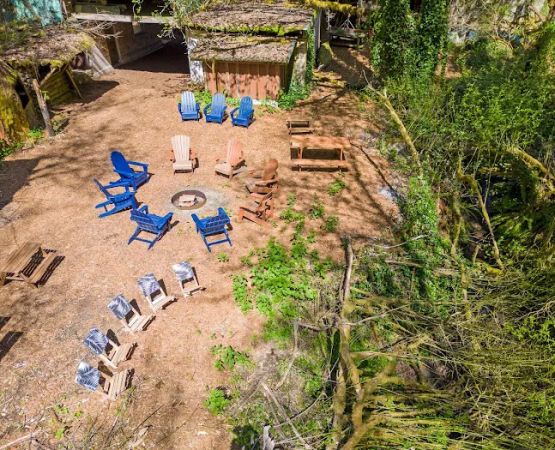
The Alder Forest
14640 WA-106, Belfair, WA 98528, USA
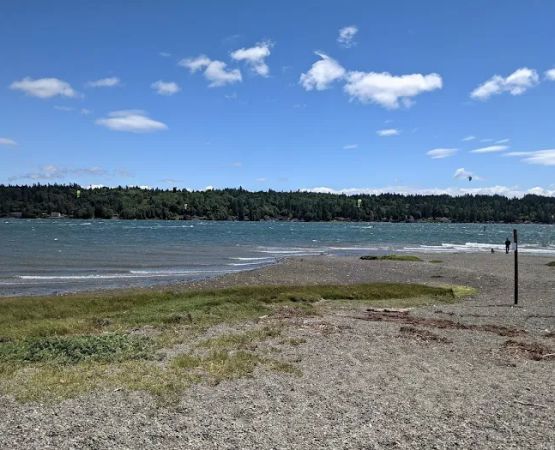
Belfair State Park
3151 WA-300, Belfair, WA 98528, USA
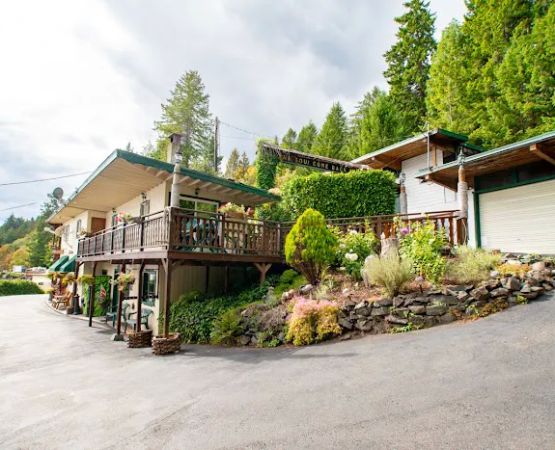
Mike's Beach Resort
38470 US-101, Lilliwaup, WA 98555, USA

Zion's Recreation Camp
300 E Coon Drive South, Belfair, WA 98528, USA
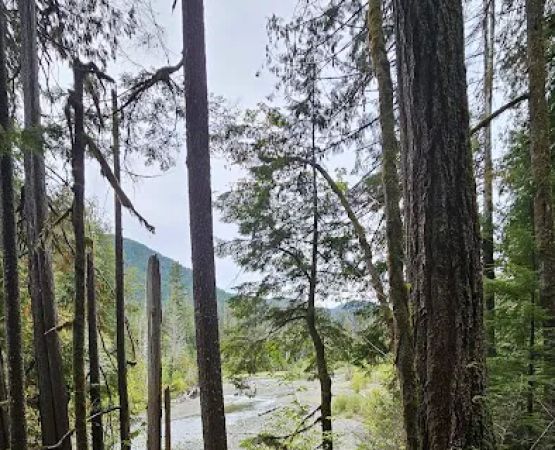
Lebar Horse Camp
Hoodsport, WA 98548, USA

Jarrell Cove State Park
391 E Wingert Rd, Shelton, WA 98584, USA

Super 8 by Wyndham Shelton
2943 Northview Cir, Shelton, WA 98584, USA
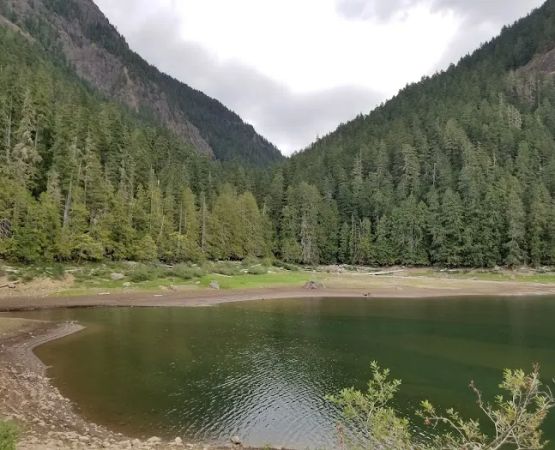
Lena Lake Campground
Hoodsport, WA 98548, USA
Categories
Popular Campgrounds & RV Parks
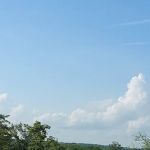 Gum Landing4.0 (5 reviews)
Gum Landing4.0 (5 reviews)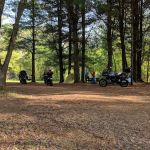 Ma's Irvington Campground and Rentals LLC4.0 (126 reviews)
Ma's Irvington Campground and Rentals LLC4.0 (126 reviews) Camping Area 6X0.0 (0 reviews)
Camping Area 6X0.0 (0 reviews) Clark State Forest Horse Campground3.0 (10 reviews)
Clark State Forest Horse Campground3.0 (10 reviews)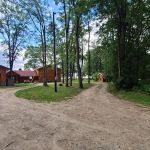 Dyers Creek Camp4.0 (6 reviews)
Dyers Creek Camp4.0 (6 reviews) Sleep Inn & Suites3.0 (121 reviews)
Sleep Inn & Suites3.0 (121 reviews)Must-Read Camping & Outdoor Blog Posts
Most Searched Japanese Restaurant Sites
Trending Camping & Outdoor Blog Posts
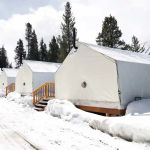 Winter Glamping Retreats in the U.S. You Didn’t Know About
Winter Glamping Retreats in the U.S. You Didn’t Know About Best Family-Friendly Campgrounds with Playgrounds and Kids’ Activities
Best Family-Friendly Campgrounds with Playgrounds and Kids’ Activities Top Family-Friendly Resorts Near Outdoor Adventure Destinations
Top Family-Friendly Resorts Near Outdoor Adventure Destinations Top-Rated Campgrounds for Exploring National Forests
Top-Rated Campgrounds for Exploring National Forests Top-Rated Camping Spots Near Scenic Trails: Explore the Best Outdoor Getaways
Top-Rated Camping Spots Near Scenic Trails: Explore the Best Outdoor Getaways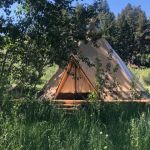 Affordable Luxury Camping Experiences at Top Resorts
Affordable Luxury Camping Experiences at Top Resorts 